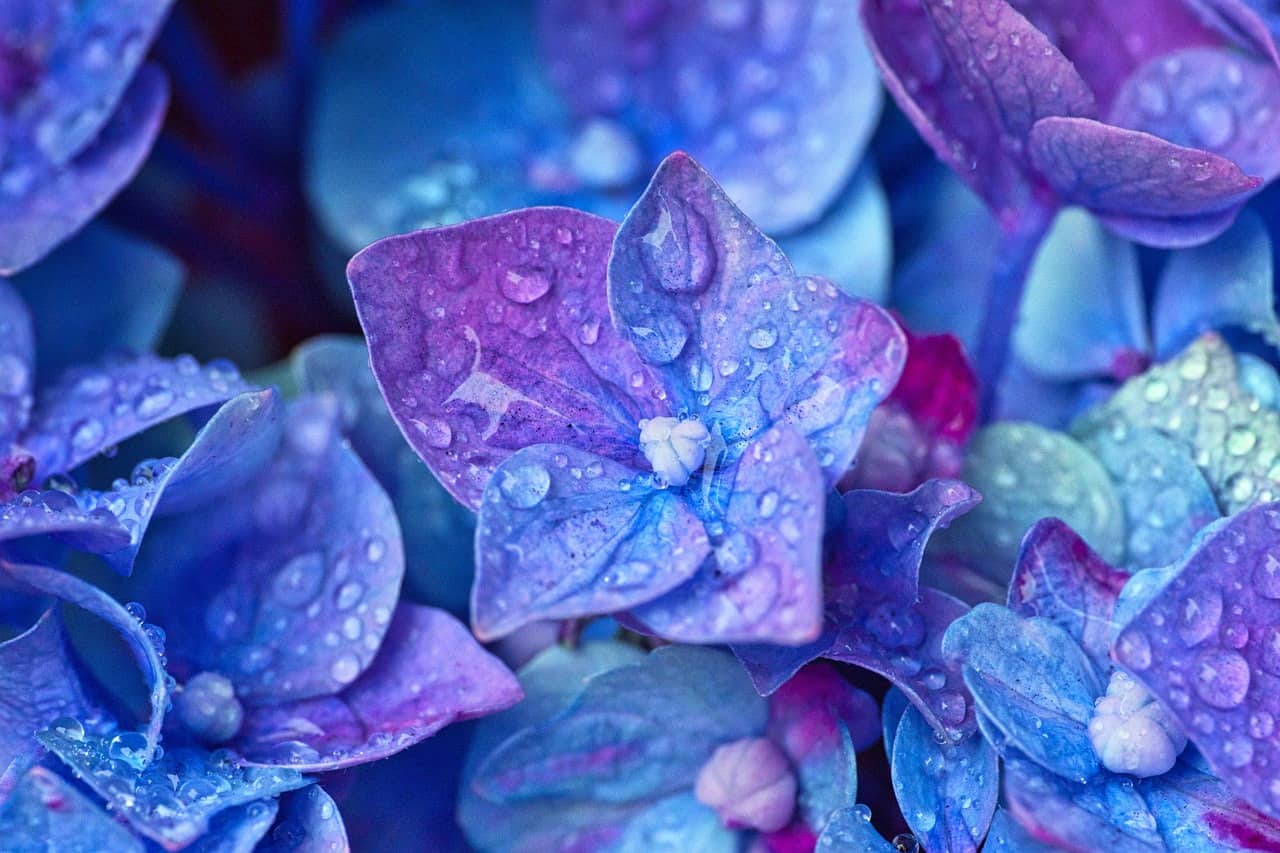If you have acidic soil, you may think that your options for plants are limited. However, there are actually several plants that not only tolerate acidic soil, but thrive in it. Here are seven plants that will add color and interest to your landscape, even in acidic conditions.
Bleeding Hearts (Dicentra spectabilis)
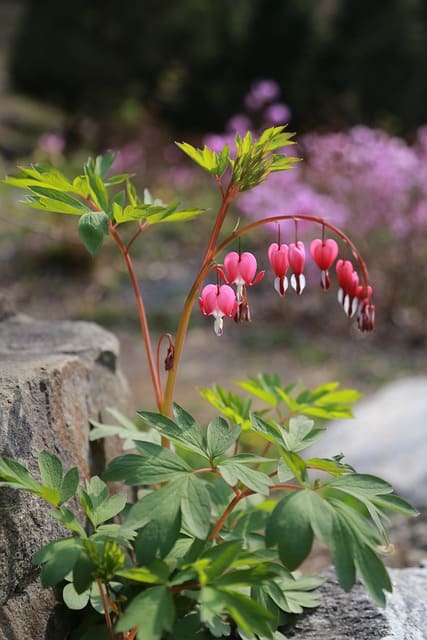
Bleeding Hearts belong to the Fumitory family and are native to North America, Asia, and Siberia. These charming flowers get their name from their heart-shaped petals which “bleed” when they are cut. They grow best in partial shade and prefer moist, well-drained soil; however, they will tolerate most soil types as long as the pH is below 7.0. Bleeding hearts bloom from mid-spring to early summer and come in a range of colors including white, pink, and red.
Japanese Pachysandra (Pachysandra terminalis)
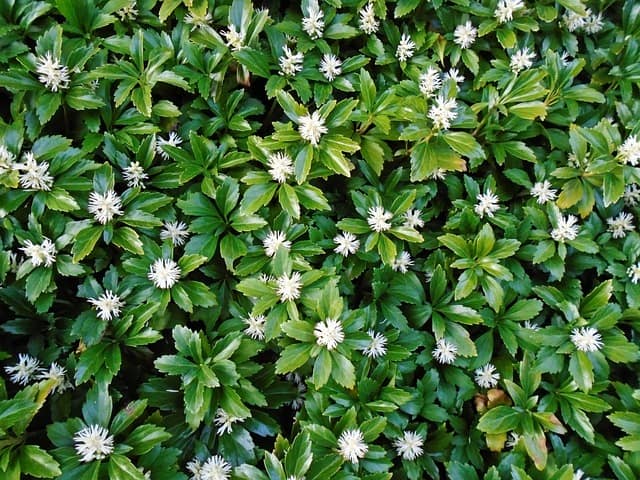
Japanese Pachysandra is an evergreen ground cover that is commonly used in landscaping due to its ability to thrive in shady areas. It is native to Japan, China, and Korea and was introduced to North America in 1858. Japanese pachysandra prefers acidic soil with a pH between 5.0 and 7.0; however, it will also do well in neutral or slightly alkaline conditions (pH 7.0-7.5). This plant produces small white flowers in the spring which are followed by black berries in the fall.
Blue Ageratum (Ageratum houstonianum)
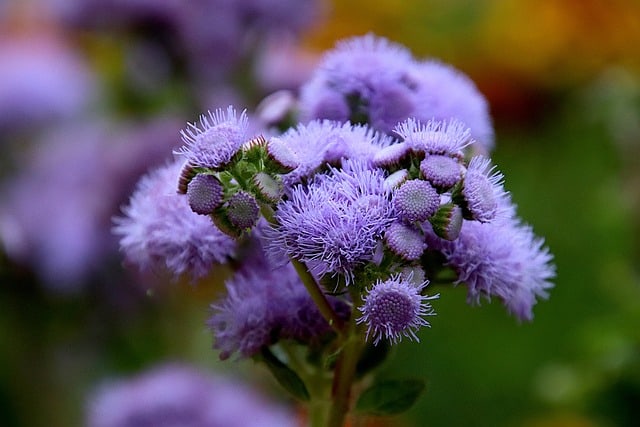
Blue Ageratum also known as flossflower or Mexican aster, is an annual flower that originates from Mexico and Honduras. It gets its common name from the soft “fluffy” blues blooms which resemble cotton candy. Blue ageratum does best in sandy soil with a pH between 6.0 and 7.5 but can also tolerate clay soils as long as they are well-drained. This plant blooms continuously from early summer until the first frost in autumn and attracts bees, butterflies, and other pollinators.
Bunchberry (Cornus canadensis)
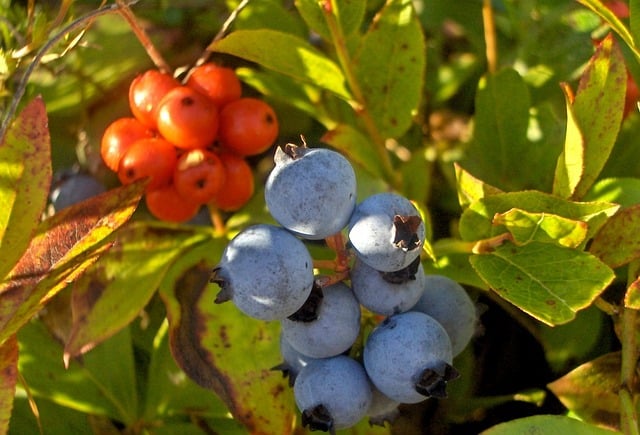
Bunchberry is a perennial herbaceous shrub that is part of the dogwood family. It is native to North America, Europe, Asia, and Africa but is most commonly found in woodlands or forests in cooler climates such as Canada or Scandinavia. Bunchberry prefers acidic soils with a pH between 4.5 and 6.5 but will also tolerate neutral soils (pH 7.0). This plant has small white flowers which bloom in late spring or early summer; these flowers are surrounded by four showy petals which can be red, pink, or white depending on the variety of bunchberry.”
Azalea (Rhododendron)
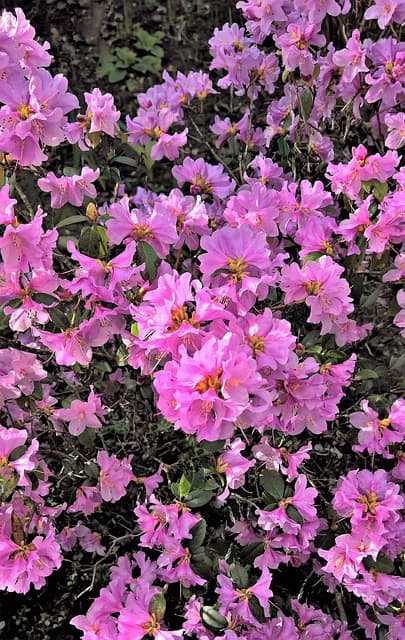
Azalea is a flowering shrub that belongs to the Ericaceae family which includes other popular plants such as blueberries, cranberries, and huckleberries.” Azaleas are native to Asia, Europe, North America, and South America; however, they are most commonly associated with East Asian countries such as Japan where they have been cultivated for centuries.” Azaleas prefer acidic soils with a pH between 5.0 and 6.5 but will also tolerate neutral soils.” This plant produces beautiful funnel-shaped flowers which come in a wide range of colors including white, yellow, pink, purple, and red.” Azaleas typically bloom in late spring but there are some varieties which bloom earlier or later in the season.”
Heath (Erica x darleyensis)

Heath is a low-growing shrub that produces small flowers in shades of pink, purple, or white. Like rhododendrons, heath prefers shady conditions and moist, well-drained soil. Erica x darleyensis is a hybrid plant that was created by crossing two other species of heath—E. erigena and E. ciliaris—so it is tolerant of a wide range of growing conditions.
Oakleaf Hydrangeas (Hydrangea quercifolia)
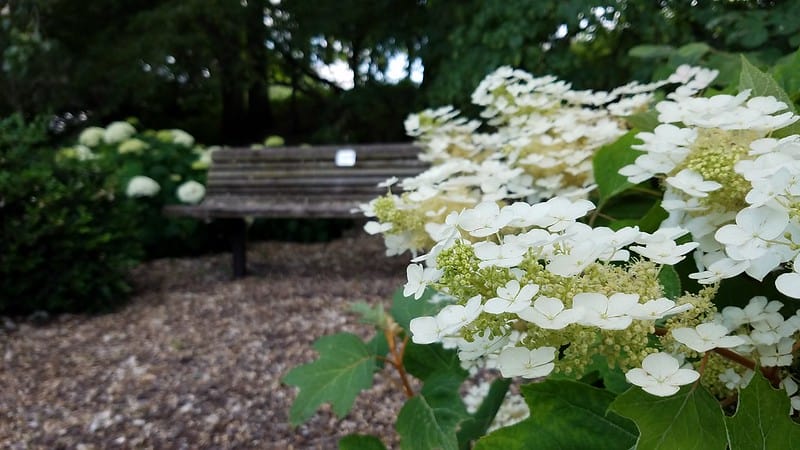
Oakleaf hydrangeas get their name from the shape of their leaves, which resemble those of oak trees. These deciduous shrubs produce large clusters of white flowers in the summertime. Hydrangeas prefer partial sun and moderately moist conditions. Once established, they are quite drought-tolerant.
Holly plants (Ilex)
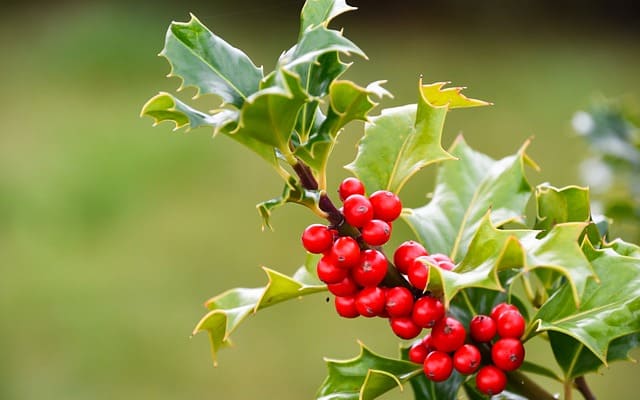
Holly plants are an evergreen choice for acidic soil. They can be either shrubs or trees, and their glossy green leaves provide year-round interest in the garden. Many holly varieties also produce bright red berries in the wintertime, which provide food for birds when other sources are scarce. Hollies prefer full sun or partial shade and moist but well-drained soil.
Viburnum bushes (Viburnum)
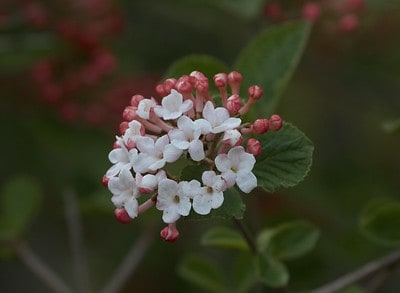
Viburnum bushes come in many different varieties, from low-growing ground covers to tall hedges. Viburnums produce clusters of small flowers in shades of white or pink in the springtime, followed by berries that attract birds and other wildlife later in the season. These tough plants can tolerate a wide range of growing conditions, including full sun or partial shade and dry or wet soil—though they prefer moisture-retentive conditions.
Colorado Blue Spruce (Picea pungens)

Colorado blue spruce is an evergreen tree that is often used as a Christmas tree due to its dense growth habit and pretty blue needles. This tree prefers full sun but will tolerate some shade, and isadaptable to both dry and moist soils—though it does not like waterlogged conditions. Colorado blue spruce can grow to be quite large—up to 80 feet tall—so be sure you have enough space before planting one!
Mountain Ash (Sorbus americana)
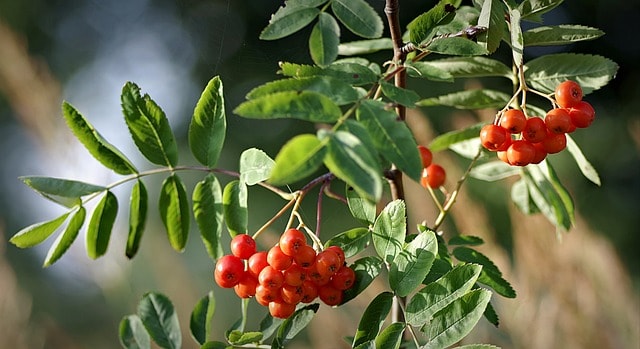
The mountain ash is a deciduous tree that is native to North America. It grows best in moist, well-drained, acidic soils and full sun to partial shade. Mountain ashes can reach a height of 30-50 feet and a width of 20-30 feet at maturity. They have alternate, pinnately compound leaves with 7-11 serrate leaflets. The mountain ash produces clusters of small white flowers in the spring, followed by bright red berries in the fall. Birds love these berries, so plant this tree if you are looking to attract wildlife to your garden!
Magnolia Trees (Magnolia)
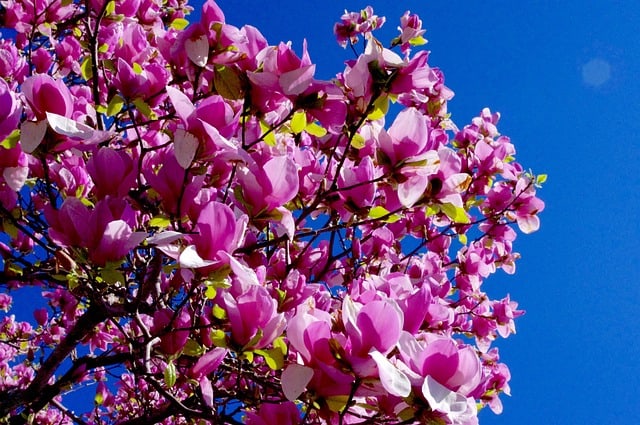
Magnolia trees are another good option for gardeners with acidic soil. These trees are native to Asia and the Americas and prefer slightly acidic soils with a pH range of 5.0 to 7.0. Magnolias can reach heights of 60-80 feet at maturity and have large, stunning flowers that bloom in the springtime. The different species of magnolia trees have different flower colors, ranging from white to pink to purple. If you are looking for a beautiful addition to your garden, consider planting a magnolia tree!
Dogwood Plants (Cornus)
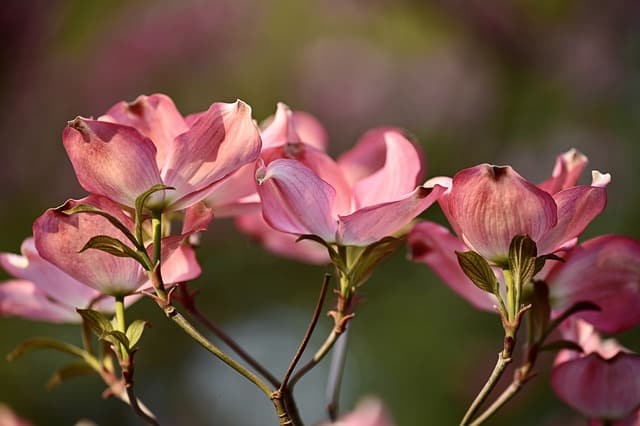
Cornus is a genus of flowering plants that includes dogwoods. There are about 30 species of dogwoods, which are native to North America, Europe, and Asia. Dogwoods prefer moist, well-drained soils with a pH between 5.0 and 7.0—in other words, slightly acidic soils. Dogwoods are small trees or large shrubs that produce small flowers in the springtime followed by berries in the summer and fall. The berries attract birds and other wildlife to your garden!


